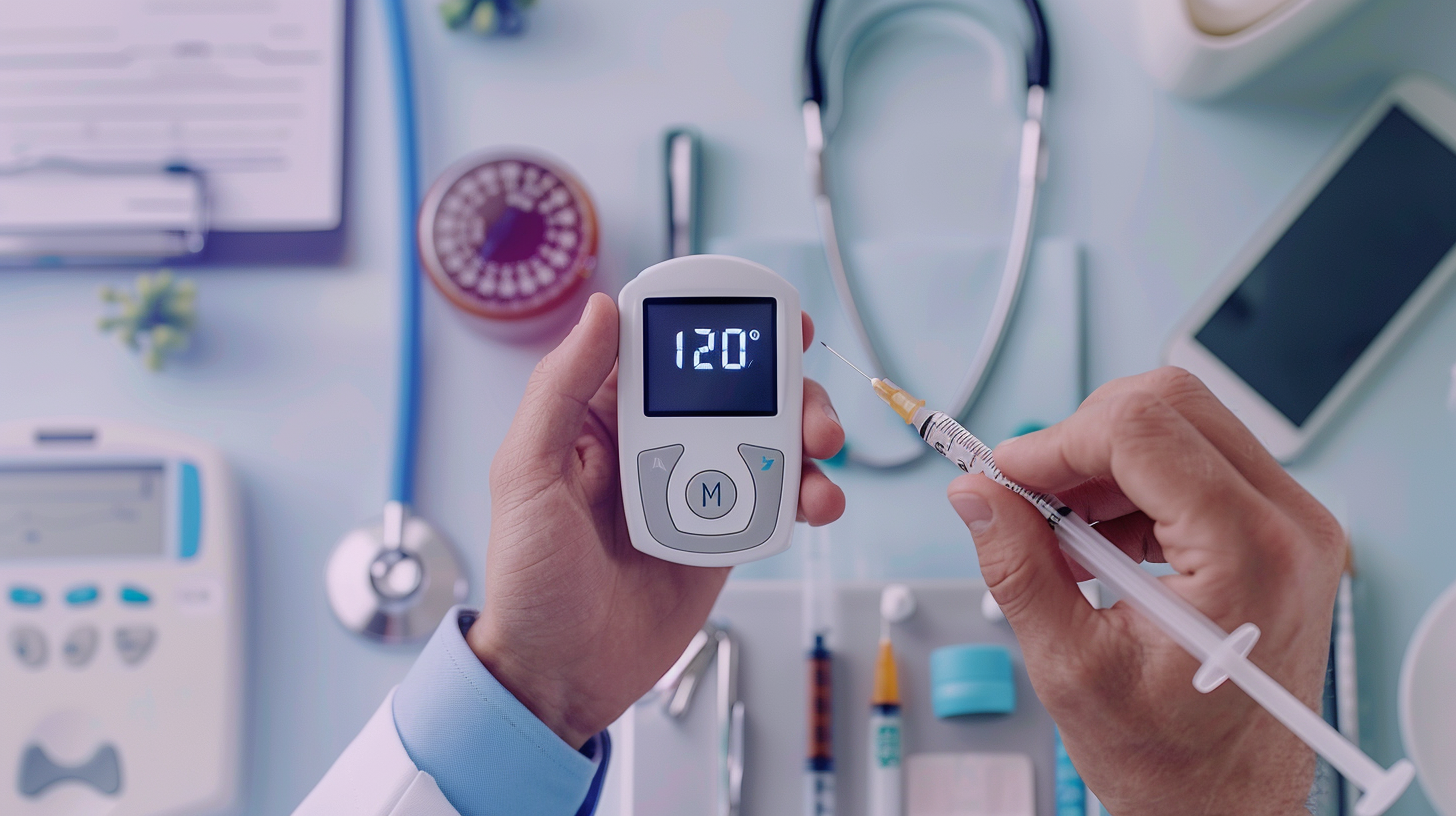
Managing blood sugar levels is crucial for maintaining overall health, particularly for individuals with diabetes or those at risk of developing the condition. One common question that arises is whether a blood sugar level of 6.6 mmol/L (120 mg/dL) is too high. This article delves into the implications of a 6.6 blood sugar level, the factors influencing blood sugar levels, and tips for maintaining healthy glucose levels.
Understanding Blood Sugar Levels
Blood sugar, or glucose, is the primary source of energy for the body’s cells. It comes from the food we eat and is transported through the bloodstream to cells for energy. The pancreas produces insulin, a hormone that helps regulate blood sugar by allowing cells to absorb glucose.
Blood Sugar Level Categories
Blood sugar levels are categorized into several ranges, which help determine whether an individual’s glucose levels are normal, prediabetic, or diabetic:
- Normal: Fasting blood sugar levels below 5.6 mmol/L (100 mg/dL).
- Prediabetes: Fasting blood sugar levels between 5.6 to 6.9 mmol/L (100 to 125 mg/dL).
- Diabetes: Fasting blood sugar levels of 7.0 mmol/L (126 mg/dL) or higher.
Is 6.6 (120) Blood Sugar Level Too High?
A blood sugar level of 6.6 mmol/L (120 mg/dL) falls within the prediabetic range. This indicates that your blood sugar is higher than normal but not high enough to be classified as diabetes. While it is not excessively high, it is a sign that you are at risk of developing type 2 diabetes if preventive measures are not taken.
Factors Influencing Blood Sugar Levels
Several factors can affect blood sugar levels, including:
- Diet: Consuming high-carbohydrate or sugary foods can cause spikes in blood sugar.
- Physical Activity: Exercise helps lower blood sugar levels by increasing insulin sensitivity and allowing cells to use glucose for energy.
- Medications: Certain medications can affect blood sugar levels, including insulin and oral diabetes medications.
- Stress: Stress can cause the body to release hormones that raise blood sugar levels.
- Illness: Sickness or infections can cause temporary increases in blood sugar levels.
- Sleep: Lack of sleep or poor sleep quality can negatively impact blood sugar control.
Implications of a 6.6 (120) Blood Sugar Level
Having a blood sugar level in the prediabetic range has several implications:
- Increased Risk of Type 2 Diabetes: Individuals with prediabetes are at a higher risk of developing type 2 diabetes within 10 years if no lifestyle changes are made.
- Cardiovascular Risks: Prediabetes is associated with an increased risk of cardiovascular diseases, including heart disease and stroke.
- Potential for Reversal: The good news is that prediabetes can often be reversed with lifestyle changes, reducing the risk of developing diabetes.
How to Lower Blood Sugar Levels
Maintaining healthy blood sugar levels involves adopting a balanced lifestyle. Here are some effective strategies to lower blood sugar levels:
1. Healthy Eating Habits
- Choose Low-Glycemic Foods: Foods with a low glycemic index (GI) are digested and absorbed more slowly, leading to gradual increases in blood sugar levels. Examples include whole grains, legumes, and non-starchy vegetables.
- Increase Fiber Intake: Fiber slows the absorption of sugar and helps improve blood sugar levels. Incorporate more fruits, vegetables, and whole grains into your diet.
- Monitor Carbohydrate Intake: Be mindful of your carbohydrate consumption and spread it out evenly throughout the day to avoid blood sugar spikes.
2. Regular Physical Activity
- Exercise Regularly: Aim for at least 150 minutes of moderate aerobic activity or 75 minutes of vigorous activity per week, along with muscle-strengthening exercises twice a week.
- Incorporate Various Activities: Engage in activities you enjoy, such as walking, cycling, swimming, or dancing.
3. Weight Management
- Maintain a Healthy Weight: Losing excess weight can significantly improve blood sugar levels and reduce the risk of diabetes.
- Set Realistic Goals: Aim for a gradual weight loss of 1-2 pounds per week through a combination of diet and exercise.
4. Monitor Blood Sugar Levels
- Regular Testing: Keep track of your blood sugar levels through regular testing. This helps you understand how different foods, activities, and medications affect your glucose levels.
- Consult Healthcare Providers: Work with your healthcare provider to develop a personalized blood sugar management plan.
5. Stress Management
- Practice Relaxation Techniques: Engage in activities that help reduce stress, such as yoga, meditation, or deep breathing exercises.
- Prioritize Sleep: Aim for 7-9 hours of quality sleep per night to help regulate blood sugar levels.
When to Seek Medical Advice
If you consistently have blood sugar levels in the prediabetic range or higher, it’s important to consult with a healthcare professional. They can guide lifestyle changes, monitor your progress, and determine if medication is necessary.
Conclusion
A blood sugar level of 6.6 mmol/L (120 mg/dL) is a sign that you are in the prediabetic range, indicating a higher risk of developing type 2 diabetes. While this level is not alarmingly high, it is a wake-up call to take action. By adopting healthy eating habits, engaging in regular physical activity, managing stress, and maintaining a healthy weight, you can effectively lower your blood sugar levels and reduce your risk of diabetes. Regular monitoring and consultation with healthcare providers are essential steps in managing your blood sugar and overall health.






Leave a Reply